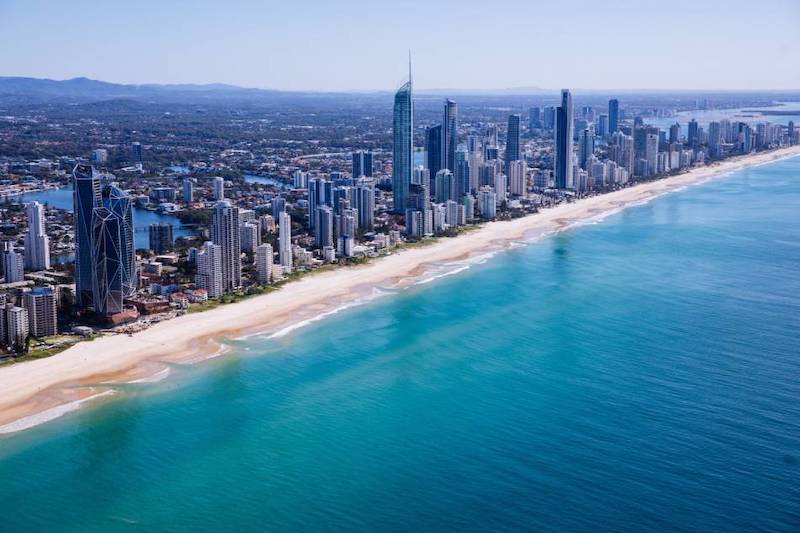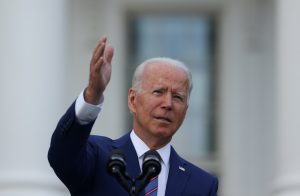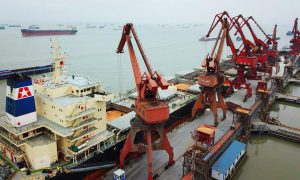Migration from Australia’s state capital cities to regional areas over the past two years is now higher than before the coronavirus pandemic, new research shows.
According to the December quarterly Regional Movers Index, the pace of moving to regional areas is more than double the levels recorded over the two years prior to the start of the pandemic.
The index, published in a partnership between the Commonwealth Bank and the Regional Australia Institute (RAI), analyses the quarterly and annual trends in people moving to Australia’s regions.
“City siders have really embraced Australia’s regions over the past two years,” Paul Fowler, the bank’s executive general manager for regional and agribusiness banking and RAI council member, said.
“And as we see flexible working arrangements continue and Australia’s domestic and international borders opening up, it’s likely we will continue to see this movement as people recognise the benefits of a regional lifestyle.”
However, the number of people relocating to the regions in the December 2021 quarter was down 10% compared with the previous quarter.
‘Housing Price Growth’
“This was partly due to the high movement already seen in previous quarters, as well as seasonal conditions, and accelerated regional housing price growth,” Fowler added.
Queensland’s Gold Coast remained the most popular destination among movers in 2021, welcoming 11% of all people who moved from capital cities.
It was followed by the Sunshine Coast (5%), also in Queensland, Greater Geelong (4%) in Victoria and Wollongong (3%) in New South Wales.
“It is particularly exciting that many of the smaller regions showing high rates of growth are inland towns,” Kim Houghton, RAI’s chief economist and acting CEO said, citing growth in Queensland’s Western Downs.
“It looks like the pandemic is changing some long-established movement paths, which is a good sign for more balanced population growth across Australia in the future.”
Australia’s two largest cities saw the majority of net outflows in 2021, with Sydney and Melbourne representing 53% and 46% of the total, respectively.
- George Russell
READ MORE:
China’s last-gasp bid to curb the great migration as Covid spread
Waiting List to Enter Japan Tops 400,000 – Nikkei Asia
UK offers Hong Kongers immigration rights after new China law
























